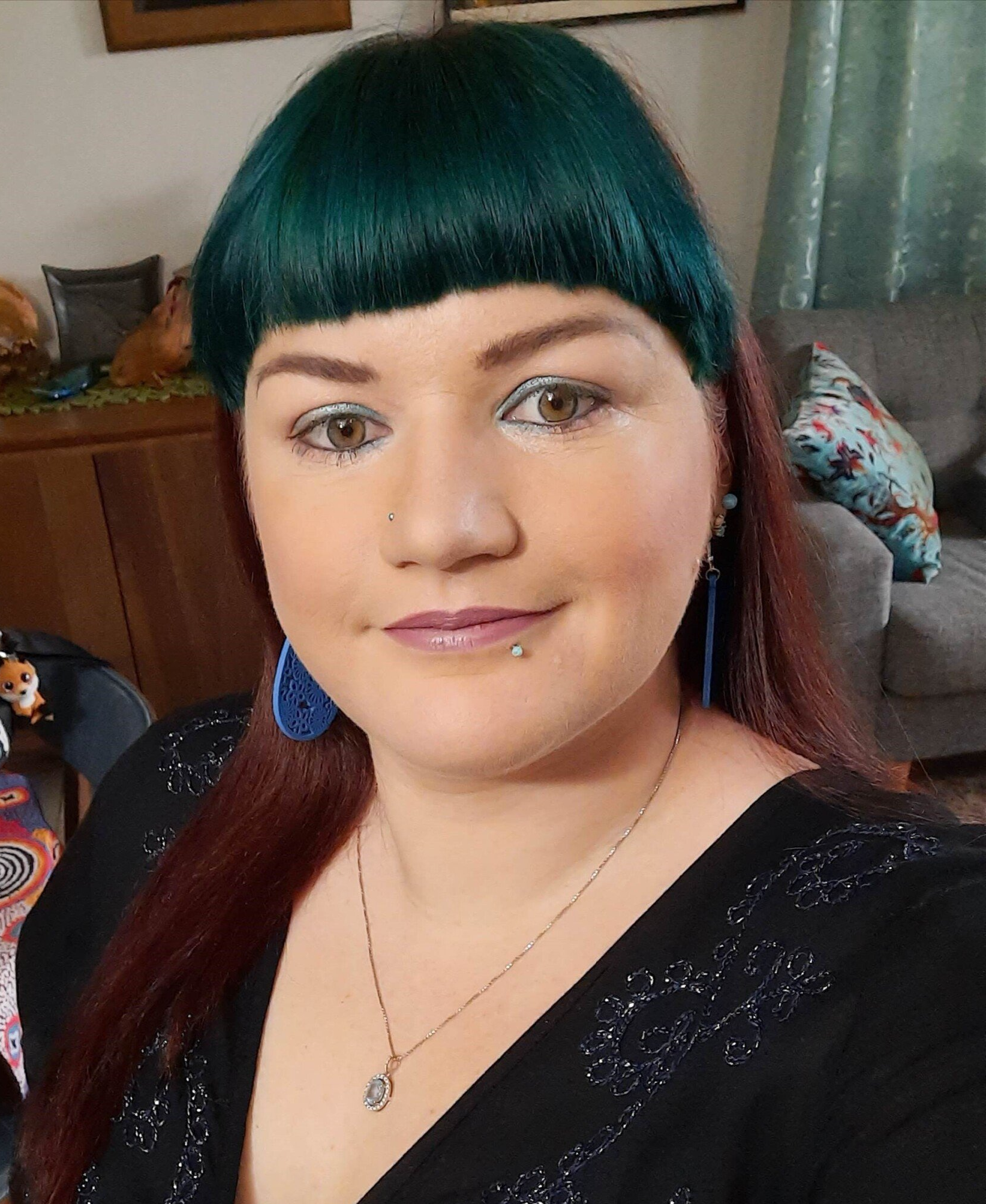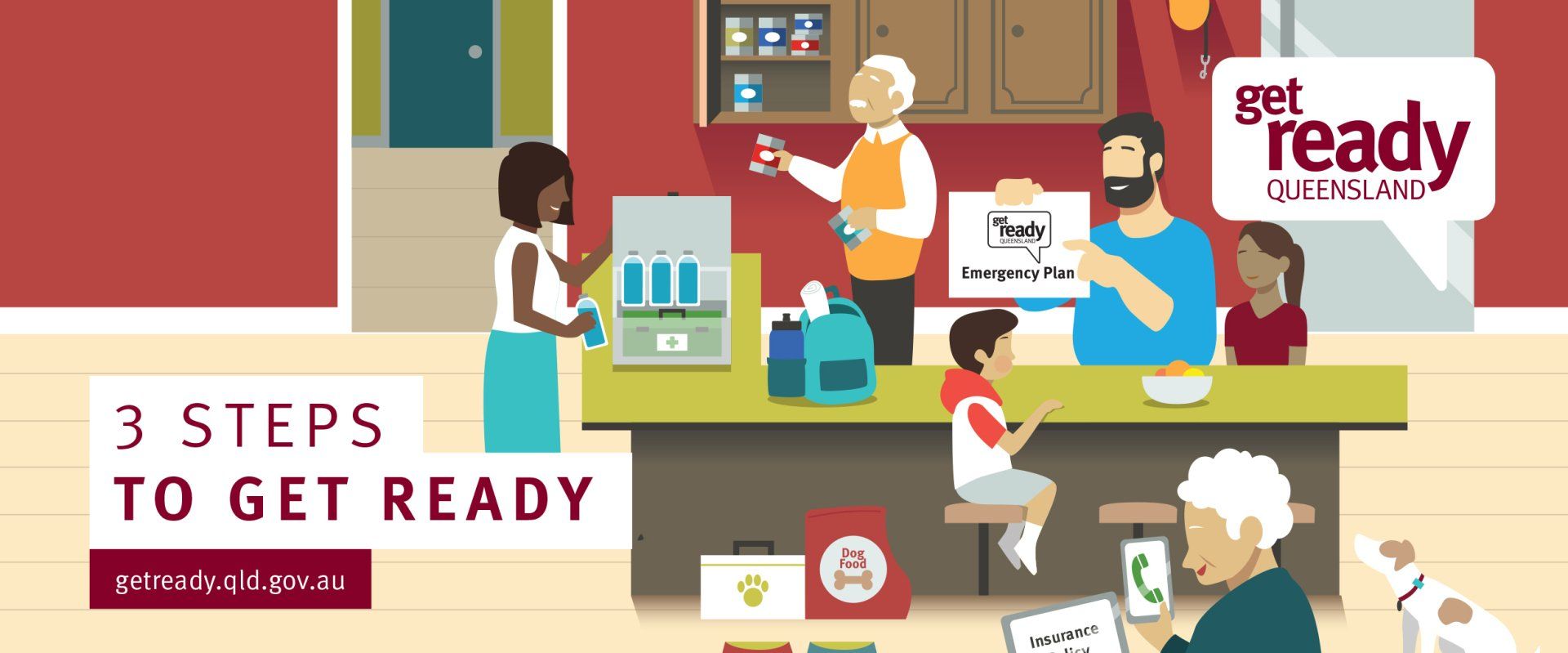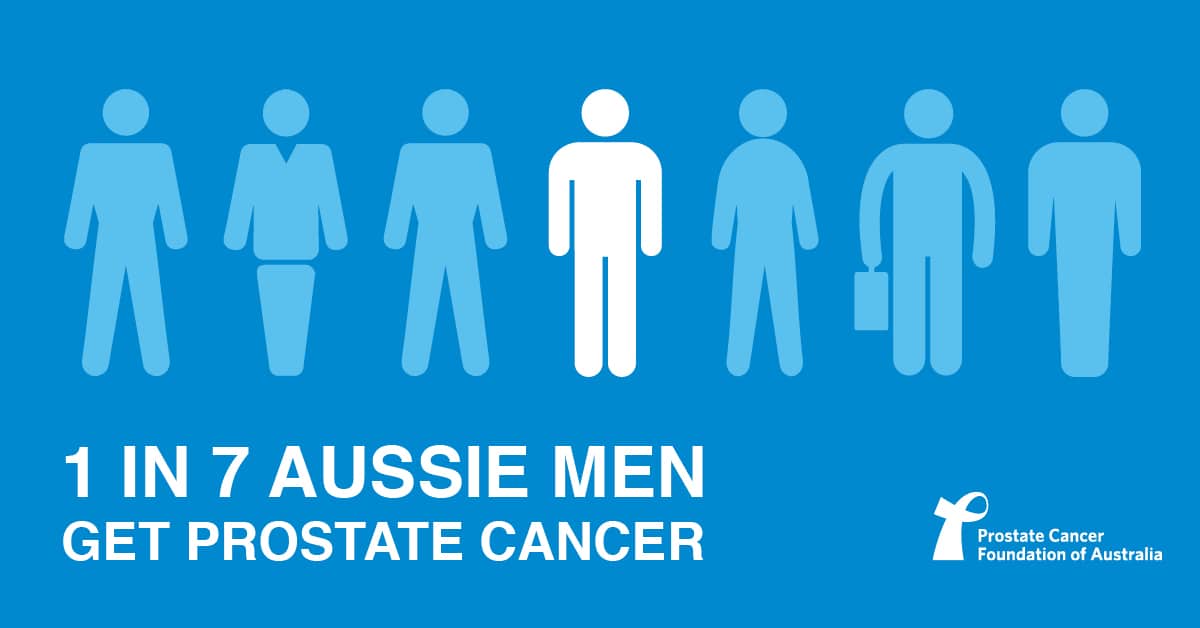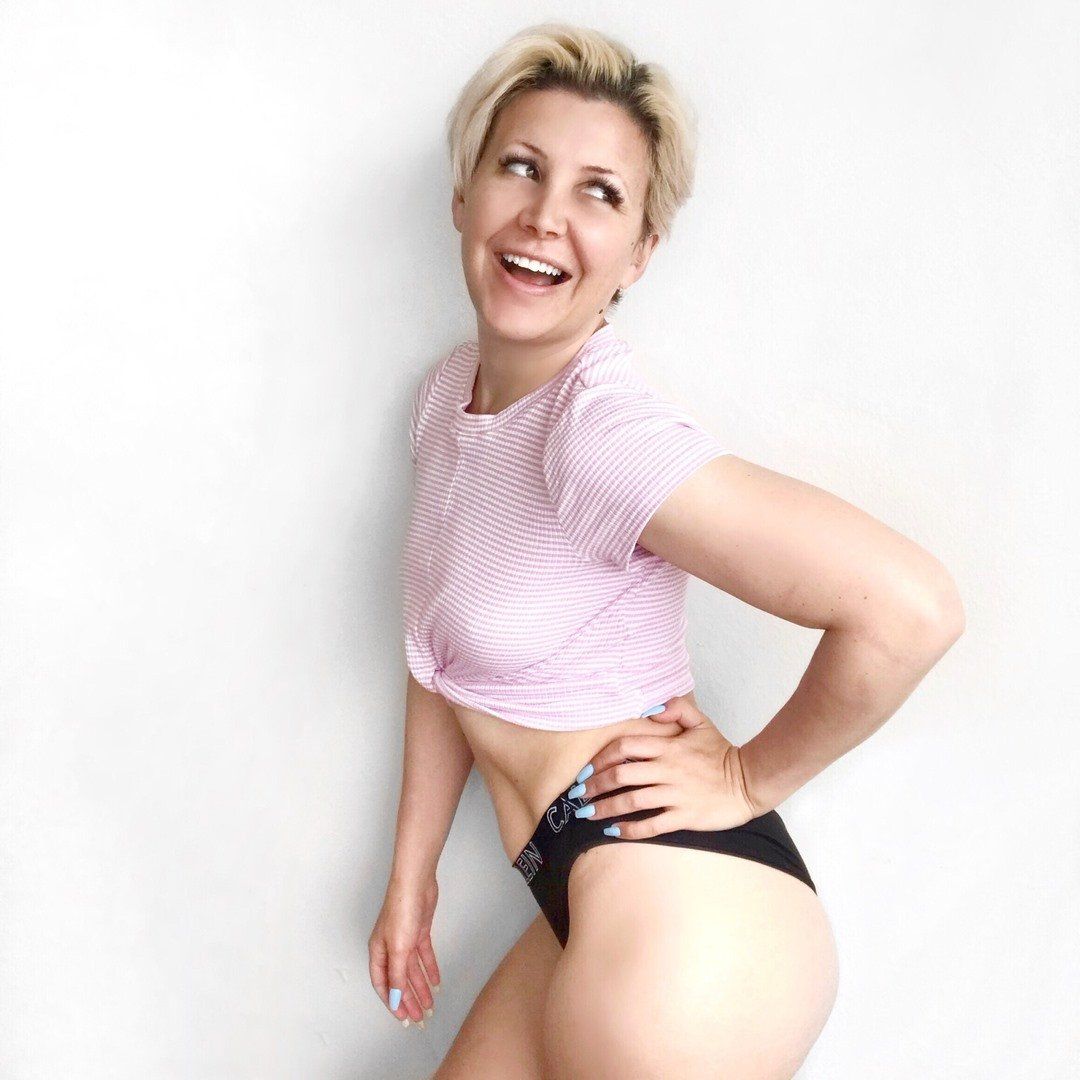March 2021 Blog
Our March blog has every story from our newsletter! Read on to find out more...
Welcome to our first newsletter blog since reopening in February this year after the 2019 floods! They totally destroyed Sweethearts, Townsville’s very first adult shop established in 1986. Nearly 35 years later, after a total rebuild, the store is BIGGER, BETTER & SEXIER.
Then, only 3 weeks after opening who would have expected that in March 2020 the world would go into lockdown as Covid-19 hit? Of course we feared the worst! But everyone had the same idea...what is there to do when you can’t leave the house? Let’s explore sex! And many of you did on so many different levels… You go Townsville!
Every few months we will be sending our VIPS special e-newsletters to share industry news, new arrivals and of course competitions! We’d love to hear your stories of products: the good, the bad and the downright interesting so we can share these in our next e-newsletter!
We encourage you to tell your friends and follow us on our social pages for regular updates when new stock arrives and, of course our Friday funnies!
Until next time you visit our store to explore and enjoy, stay safe!
Love from the Sweethearts Team!
When it comes to extreme weather events in QLD, it’s not a matter of ‘if’ but ‘when’.
General practitioners and not-for-profits are being urged to remember that help is
available for flood victims as the region slowly emerges from COVID-19 restrictions.
Townsville Hospital and Health Service has this week written to more than 70 health
partners and 100 community organisations reminding them about the Disaster
Recovery Team.
The team is funded until June 2021 under the Community Health and Wellbeing
program established following the devastating effects of the North and Far North
Queensland Monsoon Trough in early 2019.
Team leader of the disaster recovery team Lorelle Benson said it was important that
people remained vigilant of the deep hurt and anguish that lingers throughout North
Queensland following the floods.
“I think there is a very real risk that victims of the floods feel as though they’ve been
forgotten in the wake of COVID-19,” she said.
“In February and March, we were getting one new referral every day to our team and
our case load had almost maxed out at 75.
“Once COVID-19 really bit our referrals dropped away, which we expected, to about
one a week.
“Now that life is beginning to return to some semblance of normalcy, we wanted to
remind our community that we are still here and that we still believe there is a large
demand for our services.”
The disaster recovery team provides trauma-focussed therapy, brief interventions
and community development and will be available for training for any agencies
involved in supporting people during the recovery.
The Community Health and Wellbeing Program is jointly funded through the
Commonwealth and Queensland governments’ Disaster Recovery Funding
Arrangements.
The disaster recovery team takes referrals from all agencies as well as directly from
members of the public. The service can be contacted by calling 4433 8378 or
emailing TSV-MH-Disaster-Recovery@health.qld.gov.au.
Source: https://www.getready.qld.gov.au/get-prepared/3-steps-get-ready
A Few Things About Prostate Cancer
Three facts about Prostate Cancer
1. In Australia, prostate cancer is the most commonly cancer diagnosed in men
2. Approximately 3500 Australian men die of prostate cancer each year
3. More men die of prostate cancer than women die of breast cancer
What is prostate cancer?
Prostate cancer occurs when abnormal cells develop in the prostate. These abnormal cells can continue to multiply in an uncontrolled way and sometimes spread outside the prostate into nearby or distant parts of the body.
Prostate cancer is generally a slow growing disease and the majority of men with low grade prostate cancer live for many years without symptoms and without it spreading and becoming life-threatening. However, high grade disease spreads quickly and can be lethal. Appropriate management is key.
What is the prostate?
Only men have a prostate. It is a small gland that sits below the bladder near the rectum. It surrounds the urethra, the passage in the penis through which urine and semen pass.
The prostate gland is part of the male reproductive system. It produces most of the fluid that makes up semen that enriches sperm. The prostate needs the male hormone testosterone to grow and develop.
What are the risk factors?
Factors that are most strongly linked to an increased chance of developing prostate cancer:
Age: Prostate cancer is an age-dependent disease, which means the chance of developing it increases with age. The risk of getting prostate cancer by the age of 75 is 1 in 7 men. By the age of 85, this increases to 1 in 6 men.
Family history: If your father or brother have ever been diagnosed with P C, you have twice the average risk of developing the disease. If you have two or more close male relatives who have been diagnosed, your lifetime risk of developing P C increases five-fold. Your risk also increase if you have a strong family history of breast or ovarian cancer.
How is Prostate Cancer Detected and Diagnosed?
A doctor will usually do a blood test and/or physical examination to check the health of the prostate.
Blood test (Prostate Specific Antigen (PSA) test): The result shows whether there is an increase in this specific protein. Depending on the result, you might need further investigation by a specialist. A high PSA test result does not necessarily mean cancer. Prostate diseases other than cancer can also cause a higher than normal PSA level.
Digital Rectal Examination (DRE): Because of where the prostate is located, the doctor inserts a gloved, lubricated finger into the rectum to check the size of the prostate and assess if there are any abnormalities. A normal DRE result does not rule out prostate cancer.
Diagnosis
If your tests show you may be at risk of prostate cancer, the next step is a biopsy. A biopsy is the only way a firm diagnosis of prostate cancer can be made. A urologist removes small samples of tissue from your prostate, using very thin, hollow needles guided by an ultrasound. The prostate is either accessed through the rectum (transrectal) or the perineum (transperineal), which is the area between the anus and the scrotum. A biopsy is usually done as an out-patient procedure and the doctor will likely advise a course of antibiotics afterwards to reduce the chance of infection. The tissue is sent to a pathologist to identify whether the cells are malignant (cancerous) or benign (not cancerous).
Treatments
If you are diagnosed with P C there are many treatments that depend on the grade of the cancer. The Prostate Cancer Foundation of Australia (PCFA) has developed resources that can assist on making your choice of treatment.
PCFA Information Packs are a series of five evidence based packs with information for men and their families who have been recently diagnosed with prostate cancer. Each Information pack contains four separate booklets each covering a major topic in the cancer journey. Separate packs have been developed for recently diagnosed men and their families:
• Localised Prostate Cancer
• Advanced Prostate Cancer
• Gay and bisexual men
• Partners and carers
• Younger Men
PCFA has also developed more detailed evidence based information following a diagnosis of prostate cancer. This information is also designed for men who are in the process of deciding on their treatment option:
• Understanding Prostate Cancer Treatments and Side Effects
• Commonly used drugs in treatment of prostate cancer.
These packs are free. They can be read online at www.prostate.org.au/awareness, or you can order copies. To order resources please call 1800 220 099 or email enquiries@pcfa.org.au.
Support Groups
Peer support can reduce the psychological stress associated with prostate cancer diagnosis and treatment.
The Townsville Prostate Cancer Support Group offers
• Connection with others affected by Prostate Cancer
• A safe place to share your thoughts and experiences
• Referrals to relevant resources
• Support, suggestions and encouragement
• Informal and relaxed atmosphere
• Secure environment to discuss your situation with others who have travelled the journey
• Selection of information/resource books available for borrowing
• Guest speakers
• A few laughs and a cuppa
• CONFIDENTIALITY
The group is one of many prostate cancer support groups across Queensland and Australia. We are affiliated with the Prostate Cancer Foundation of Australia (PCFA) and we network with Cancer Council Queensland.
There is no formal membership and no obligation to attend every meeting – come to meetings as often as you wish.
Our role is support and education – we do not give medical advice.
For information about the group please call Clarke – 0459908033 or Andrew – 0428731928.
'Everyone and their mum is on it': OnlyFans booms in popularity during the pandemic.
The site is best known for charging fees for nude content but making money off it is hard work.
This time last year Jah Bella* was doing it tough. She had fled an abusive relationship, was looking after her newborn daughter and was struggling to find work in far north Queensland.
“Every single regular job that I had, I was getting sexually harassed in some way,” she says. “I would either get fired or I’d have to leave once I reported it.”
When the pandemic hit all remaining gigs dried up.
“I was like, ‘OK. Why not make money out of this and have control over my body?’”
So Bella did what thousands of other people around the world did in lockdown – she opened an account on the website OnlyFans.
The site, which has boomed in popularity in the past year, is technically open to anyone – from personal trainers to artists and cooks – but it’s best known for one thing: nudes. Creators charge subscription fees for exclusive content, put up pay-per-view posts, and generate income from tips and livestreams.
A spokeswoman for OnlyFans told Guardian Australia there are more than 1 million creators worldwide, 85 million registered users, and it paid out more than US$2bn ($2.7bn) globally this year.
Bella uses her account to post herself posing naked or semi-nude and occasionally sells solo sex content to subscribers.
“I probably work four days a week and I wouldn’t be making nearly as much as I make on OnlyFans if I had a part-time or full-time job,” she says.
Hundreds of videos have circulated online of women speaking about joining the content subscription site and making thousands of dollars in the first week. Some have heralded it as the magic pill for modern financial woes – a tool of empowerment and the final step in destigmatising sex work.
But is OnlyFans all it’s cracked up to be?
‘It definitely takes hard work’
The unusual thing about Bella isn’t that she decided to post on OnlyFans, but that she has actually been able to make a living doing so.
Dr Zahra Stardust, a socio-legal researcher from the University of New South Wales and OnlyFans content creator, says the site recently reduced the minimum amount of earnings it will pay from $500 to $200 because many users struggled to reach the threshold.
“Conversations from within the industry, including my own experience using OnlyFans, tells me that the minimum payout … can take time to meet given the low subscription fees and the OnlyFans 20% commission,” she says.
OnlyFans disagreed with this characterisation saying lowering the payout threshold was “actually to provide creators with increased flexibility with regard to their payouts”.
Stardust says users who fail to establish a wide fanbase may work for many months, or even years, without receiving significant payment.
“In reality, it is often small amounts that trickle in over time, many of which become diluted through commissions and international transfer fees,” she says.
According to content creator Brooklyn Rose it took months of working almost for free before she began making real money.
“It was about a year before I really started seeing any type of income and even then it’s not like a steady income or anything,” she says. “I can have some days where [I] only make maybe $10, and then [I] can have weeks where [I’ve] actually cashed in about $500.
“It’s not just you made an account, you post some pics and then all of a sudden you’re raking in the big bucks. It definitely takes hard work.”
‘Everyone and their mother is on it’
Use of OnlyFans exploded during the pandemic, going from 7.5 million users last November to 85 million now.
This growth was spurred by celebrities. It got a 15% bump in traffic after Beyoncé referred to it in her remix of Savage in June – and while extra attention brought in consumers, it also attracted thousands of content creators.
“Once the pandemic came around and strip clubs started shutting, [OnlyFans] became so oversaturated because it was just every single sex worker, or just anyone in general, realising there was money to be made,” Rose says.
“It was hard to get people to pay attention to you because everyone and their mother was on this app.”
That isn’t to say no one is getting rich off posting racy content on OnlyFans.
Celebrities such as Bella Thorne have made more than $1m in a week after joining the site, and YouTuber Tana Mongeau recently boasted on Instagram of making $3m in just a month, largely off the site.
OnlyFans confirmed 100 users have so far made more than $1m on the site, but declined to comment on users’ average earnings.
“Creator earnings are confidential … Creators use OnlyFans in a variety of ways, however, and not all of them are making content with the intention of it becoming their primary or even secondary source of income, and many use the site simply because it’s their preferred platform,” it said.
‘We’re still a society with puritanical views’
For those who are unsuccessful on OnlyFans, publicly engaging in sex work can still have serious consequences. It has been known to affect job prospects in non-sex work industries, can affect court decisions in child custody cases, and in extreme cases has resulted in housing discrimination.
OnlyFans differs from traditional webcamming sites in its ability to attract “vanilla” users – those who have never engaged in sex work before.
Rose worked as a full-service sex worker before the pandemic but has seen many use the site to dip their toe into sex work.
“I’ve even witnessed my close friends join it, who in the past were never inclined towards the adult industry at all,” she says.
While the public conversation around the site has centred on the idea that it will normalise and destigmatise those who create porn and “cam-girl” content, Dr Lauren Rosewarne, from the University of Melbourne, isn’t so sure OnlyFans will cause society to drastically change its views on sex work.
“We’re still a society that has some puritanical views,” she says. “There has never been a time in human history where we haven’t had sex work. So we have had an awful lot of time to get used to it, but we still haven’t.”
Stardust agreed the site isn’t “revolutionising the industry”.
“They are just the latest in a long line of direct-to-consumer pornography … [They] operate similarly to other webcam sites where tech platforms are profiting from the creativity, labour and bodies of sex workers,” she says.
‘It’s not sex worker-friendly’
There is also debate about whether the platform is actually friendly to sex workers.
Dr Emily van der Nagel from the Monash University says there appears to be some tensions between what the site was built for, and what it has become.
“OnlyFans started as a platform not specifically for sex work,” she says. “Now it’s become a platform people associate only with sex work, but it’s missing an opportunity to support sex workers in this endeavour.”
In 2018 Leonid Radvinsky, the owner of the camming website MyFreeCams, bought majority shares in the company and assumed the role of director. His involvement introduced a link at management level to the site’s amateur pornography creators, but users say that doesn’t necessarily make it sex worker-friendly.
While the site does not censor mainstream adult content, a wide range of fetish content is banned and Rose says she has had words censored on OnlyFans in what appears to be an attempt to distance the platform from in-person work.
“In terms of words that you can’t post, they don’t like anything to do with a client coming to meet you … One of my fans that says they would love to meet me and I was like, ‘I’d love to meet you too,’ and immediately trying to post that I got a red flag saying that I can’t use the word ‘meet’,” she says.
“I’ve known people to wake up one day and their account just be deleted … because they have maybe used a word that they shouldn’t … So yeah, it’s not sex worker-friendly.”
A spokeswoman for the site would not comment directly on words being “banned” but says the company has “multiple systems in place to monitor for illegal activity on the site and takes appropriate action immediately”.
“We enforce our rules on ‘acceptable use’ … and immediately close the accounts of users who breach this policy. We encourage all of our creators to use their best judgment and to comply with the law in their local jurisdiction when interacting with fans,” she says.
‘It changed my life’
Rosewarne says people have tried to label OnlyFans as “empowering” or “exploitative”, but she warns against defining the site either way.
“Offering the capacity for women to empower themselves and earn money and to give them another vehicle to achieve autonomy … you could say that for some women this platform has been successful in that endeavour. That doesn’t mean the platform is perfect.”
While workers have issues with the site many, like Avalon Fae, still say they have found empowerment through it.
“You wake up and your job is to say ‘Good morning’ and chat with people. I can say: ‘Hey, let’s go to the rainforest’, and ask people to tip so I can get a huge Airbnb and take photos in the spa … It’s amazing.”
And for Jah Bella it’s been life-changing.
“I have a history of anxiety and depression and I have a lot more freedom to live life,” she says.
“I control my work hours. I don’t need to feel guilty for staying home to take care of my sick child or spending time with her or family … If a man abuses me or harasses me I can just block them instead of having to deal with them every day.
“It has definitely changed my life.”
The performance names of content creators have been used to protect their privacy
Via: https://www.theguardian.com/technology/2020/dec/23/everyone-and-their-mum-is-on-it-onlyfans-boomed-in-popularity-during-the-pandemicNadia Bokody sex advice: Shocking sex toy myth women believe.
A number of rumours about sex toys have been fabricated over the years – but this myth needs to be shut down fast, says Nadia Bokody.
An official knock echoes through my apartment door.
It’s that time of year again – my annual rental inspection; also known as the day I have to find somewhere to conceal my rapidly growing sex toy collection from my real estate agent.
There’s no denying my job has many perks; being sent adult freebies from brands hoping to score a mention in this column is certainly one.
But I’ve reached a point where I’m stumped for places to house the X-rated deliveries that show up in my PO Box every week. (If Martha Stewart could make a YouTube tutorial on creative ways to repurpose unwanted dildos, I’d be forever grateful. Quirky coat rack, perhaps??)
Jokes aside, it may surprise some readers to learn I wasn’t always this stocked up on vibratory pleasure.
In fact, a few years ago, the most titillating thing you were likely to find in my bedside drawer was a selfie stick (look, I’m not proud of it, but I may have been seen wielding it in public more than once).
Like a lot of women, I’d bought into the lie purchasing a vibrator was a tragic act reserved for desperate singletons unable to find a man. That it would never be as good as the “real thing”, and I’d likely become desensitised and consequently forever ruined for sex.
I now know these far-fetched myths are born out of a desire to keep women sexually subdued, not to protect us from bad sex or spinsterhood.
Our culture has a long history of demonising sexual women, largely because women who are empowered in their sexuality stand to jeopardise a system that relies on their sexual compliance.
If a woman no longer views “finding a man” as a primary goal, and is in charge of her own pleasure, she’s far less likely to be easily controlled or manipulated.
Whether or not men are interested in her becomes entirely inconsequential, because her pleasure and sense of self aren’t dependent on male validation.
It’s no coincidence I write a column dedicated to helping women become more confident in their sexuality and also receive gargantuan amounts of hate mail almost exclusively from men.
There is power – and in turn, a certain threat posed to a culture that prioritises male desire at all costs – in women understanding and owning their pleasure.
It’s why we put so much energy into teaching girls their bodies are built for sacrifice and discomfort, carefully avoiding acknowledging the joy they’re able to feel.
If pleasure – and by default, comfort – feels foreign, she’ll be less likely to grow into a woman who speaks up for herself a work, prioritises her own needs in relationships, or acknowledges her pain when she’s having the kind of sex she’d rather not be having.
It will feel righteous then, to call her sensitive or an “over-reactor” when she actually attempts to give her discomfort a voice. And she will be far more likely to swallow the propaganda, too.
DAMAGING VIBRATOR MYTHS
So, at the risk of upsetting even more men, I’m going to dispel a few other damaging myths about vibrators.
Not just because I wholeheartedly feel every woman should experience the unadulterated ecstasy of on-demand orgasms, but because it’s my belief investing in a vibrator is the first step on the path to female empowerment.
MYTH 1: VIBRATORS DESENSITISE YOU
I’m not entirely sure how this idea has gained so much traction, because it has about as much scientific basis as JLo’s claim a steady diet of olive oil can preserve the skin in time at age 23.
There is absolutely no credible research to prove it, and it defies basic logic.
Consider this: I put $2 in one of those vibrating massage chairs every time I’m at Westfield, and last time I checked, I hadn’t lost feeling in my back and neck.
Vibrations simply help promote blood flow to the area, which serves to increase (not decrease) sensitivity and is consequently why they’re so effective at bringing most women to climax.
If you return to using your hand or your partner’s penis, you’ll still be able to experience pleasure, it just won’t be as intense. (Which is why my personal go-to is the vibrator-plus-partner melange – a truly unbeaten combo).
MYTH 2: VIBRATORS ARE A THREAT TO MEN
This is in part true, but it really only applies to the most desperately insecure men.
Speaking as a woman who has been happily coupled with a man for four years, if your sexual partner is confident in himself and his bedroom abilities, he won’t be threatened by a sex toy.
Conversely, it will turn him on. It’s a two-for-one deal: he gets to watch you having your way with him and getting off on your vibe at the same time. I mean, it’s basically real-life porn. What guy would complain about that??
MYTH 3: VIBRATORS ARE ADDICTIVE
The Sex & The City episode where Charlotte gets addicted to her rabbit vibrator seems to have led a lot of women to hold the bizarre belief they’ll end up holed up in their bedroom for days on end, forgoing food, water and sunlight in pursuit of endless orgasms.
I’m sorry to burst Michael Patrick King’s bubble here, but there’s a reason the DSM (Diagnostic Statistical Manual of Mental Disorders) doesn’t include a section on vibrator addiction.
Whether you use your vibrator once a week or a few times a day really doesn’t matter. There’s no correct number of times for your body to experience pleasure within a set time period.
Unless you’re legitimately calling in sick to stay home with your vibe often enough to be at actual risk of losing your job, you’re good to keep going, girlfriend.






